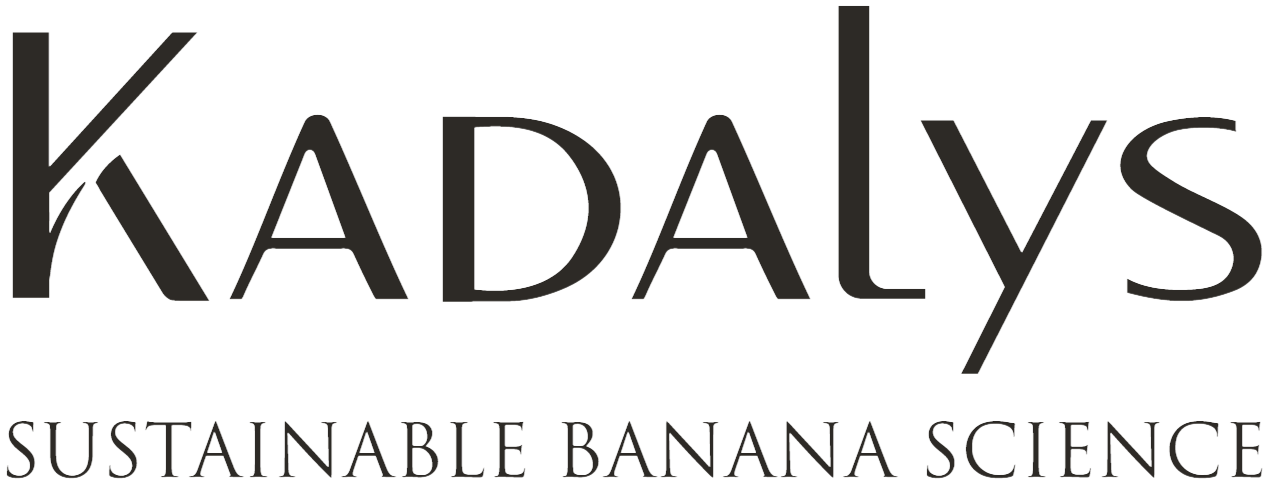
How to analyze your ingredient list via a scanning application?
Because cosmetics still too often rhyme with toxic, it's high time to take a look at how to avoid falling into the trap of chemical beauty. If the trend is towards a more natural and sustainable way of consumption, controversial substances in dubious formulations continue to flood the cosmetics market. Not everyone is a chemist, and reading the label is not an easy task.
Fortunately, there are applications capable of translating this gibberish to simplify our lives and avoid falling into the trap of falsely natural cream. Scanning to protect your skin? It's the right thing to do to permanently boycott the endocrine disruptors and carcinogenic ingredients found in our creams. How to decipher the INCI list thanks to the applications? A non-exhaustive instruction manual to learn everything about the clean beauty trend!
SUMMARY
- Why is it important to analyze your ingredient list?
- Differentiating the different applications of cosmetic scans
- The limits of these applications
Why is it important to analyze your ingredient list?
Like a snack at the local fast food restaurant or a shopping spree in plastic heaven, we can't always resist the temptation of a 50 cent peeling mask that stings our eyes and skin. And yet, if it relieves the wallet, it could well cost your skin! Indeed, we have to admit that the cosmetics market continues to manipulate controversial substances in their test tubes. Behind a girly packaging and a flashy slogan often hide ingredients that are totally contradictory to the product's promise! Hence the importance of reading the label to decipher the composition of your care product. Granted, this is not something that most of us who skipped high school Latin classes are born with. However, the analysis of the INCI list is essential before going to the cash register. Among other things, it allows you to better understand if the product you are looking at contains dangerous, allergenic, irritating or risky substances.
INCI list : whaaaaat ?
For beginner beauty addicts, this abbreviation can sound like a dirty word. We reassure you, it is not rocket science! The INCI list simply lists the ingredients that make up a product. A precious indication to guide the consumer on the path of natural beauty, or not! According to the European standards in force, manufacturers are obliged to display this list on their packaging. This list shows you which ingredients to avoid at all costs, at the risk of paying the consequences for your skin and also for your health!
Whether you have sensitive skin or not, certain substances can do real damage to your skin. The harmful effects of these chemical ingredients in beauty products are no longer to be proven (or almost). It's hard to make sense of the promises made by brands and the scientific studies that denounce the use of certain ingredients that are still widely used. Endocrine disruptors, alteration of the hormonal system, highly allergenic or even carcinogenic substances, what is true and what is false?
Although preservatives have a bad reputation, they are nevertheless essential to preserve your beauty products. Some brands have managed to get around the problem by using essential oils as preservatives while others have relied on sodium butylparaben. Bad idea! Still very present in body milks, face creams, BB creams and foundations, deodorants and toothpastes, it is strongly discouraged, considered an endocrine disruptor. Even the range intended for toddlers and children is not spared the use of this preservative although it carries a significant risk. Stay alert!
More than 15,000 chemical substances are listed in our bathrooms and especially in our beauty routine. However, these substances can be dangerous and even toxic for both humans and the environment. Let's not lose sight of the fact that our ritual can have a significant impact on the environment. Among the terms to be remembered and definitely turned away :
To take care of your skin and the planet, it is better to adopt good reflexes, starting with a thorough review of the list of ingredients. This is where the famous applications such as Yuka, INCIBeauty and others come into play! Zoom on these "skin" tools!
Distinguishing the different cosmetic scanning app
More and more consumers are concerned about the composition of their products. And they are right! Since reading the label is a tedious exercise, many applications have flourished in recent years to overcome our shortcomings in this area! These applications offer us an almost infallible method to scrutinize the famous INCI list and filter out controversial substances that could harm our skin. Like the Google trad of cosmetics, they simplify the schmilblick in a few clicks. Armed with your phone, you just have to scan the barcode of the product to know everything about its formulation. But between all these applications, my heart sways... Let's have a look at these precious tools but also at their limits !
Yuka, star of the applications
Among the favorite applications of beauty addicts, Yuka is the first one. A true precursor, it is particularly efficient and intuitive, which is enough to seduce chemistry novices! To know the reliability of a beauty product, Yuka generates a score out of 100 with a color code to instantly spot the good students among the dunces. For the more curious who want to learn about natural beauty, the application goes a step further by sharing a detailed sheet of the result obtained and thus understand what's wrong. Thanks to its reputation, the star of beauty apps has an XXL database to list your favorite brands or those to avoid. As an added bonus, this collaborative platform allows the beauty expert in you to write a critical review of a product. To conclude, Yuka also offers to redirect you to products with a healthier composition. Great!
INCI Beauty, the demanding app
INCI Beauty is like the Nanny McPhee of cosmetics: uncompromising but efficient! It pushes its expertise beyond Yuka by sorting ingredients according to their quantity and not according to their harmfulness, a real plus to not penalize products that rely on a balanced dosage. Thanks to a simple color code, it gives you valuable information on each component according to their level of toxicity and their potentially harmful effects on your health and on nature. Note that INCI Beauty offers a playful decryption by giving information on the origin of ingredients. An excellent introduction to the INCI list. If that wasn't enough to convince you, this genius application has the ability to scan a product without the barcode, a feature that is not anecdotal when you have thrown away the packaging. However, it does not direct us to other cleaner alternatives on its free version...
Clean Beauty, the expert app
We're starting to get to the heart of the matter... Clean Beauty lives up to its name because it allows you to decipher ingredients directly from the list of ingredients, which has the merit of widening its scope. For the green beauty, it is without doubt the ideal application to deepen your knowledge on the subject. Each component has ultra precise explanations to know everything about the oh so subtle art of cosmetology and to get initiated to the trend of clean beauty. On the other hand, it does not give a grade to the beauty products, which can complicate our search for the perfect care...
QuelProduit : the custom-made app
At the initiative of the association UFC-Que Choisir, I buy! This application is ideal for those who are just starting out in the winding alleys of the cosmetics department and who lack experience. To find the perfect product that meets all your expectations, it offers an excellent consumer experience by personalizing the user's profile. This is not a marketing argument, but a way to sort through the exponential offer. This is a real plus for finding your way around, especially when you are just starting out. Very intuitive, its database is divided by theme and by level of danger.
Claire, the transparent app
This innovative application gives you free access to a search engine that allows you to access a very detailed file among no less than 25,000 ingredients from the cosmetology industry. If you have any doubts, just type the name of the ingredient to check whether it is controversial or not. Like Clean Beauty, it does not rely on the scan of the label but on the scan of the INCI list to know everything about the exact composition of each selected ingredient.
The limits of these applications
If the applications are a salutary help to know the composition of a beauty product, they are obviously not perfect. Indeed, they are far from having reached an irreproachable level of accuracy. Therefore, one should not take everything at face value and put into perspective some of the information that turns out to be inaccurate.
The rating systems established by Yuka as well as INCI Beauty are not optimal to judge the real quality of a beauty product. In order to avoid the paranoia that these tools can create, one should take into account the dosage of ingredients such as potentially allergenic substances. Although they are used with care and have no impact on health or the environment, these components can bring down the rating of a product despite a clean formulation. For example, the use of Benzyl Salicylate present at less than 0.1% in our perfume "Tropical Flowers" makes us lose a considerable note in spite of a clean and responsible formulation without risk for the skin. Let's remain lucid, some ingredients are victims of their unpopularity to the detriment of their active ingredients. Never judge a component by its label, this is the main limit of applications that struggle to computerize all the facets of an ingredient, quickly categorized unfairly.




